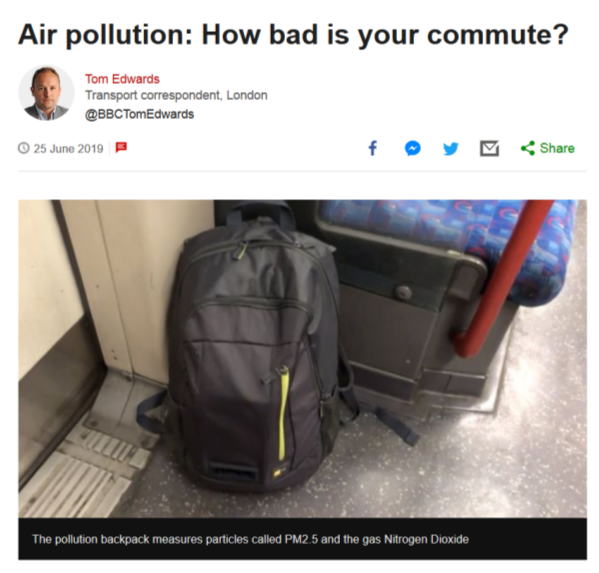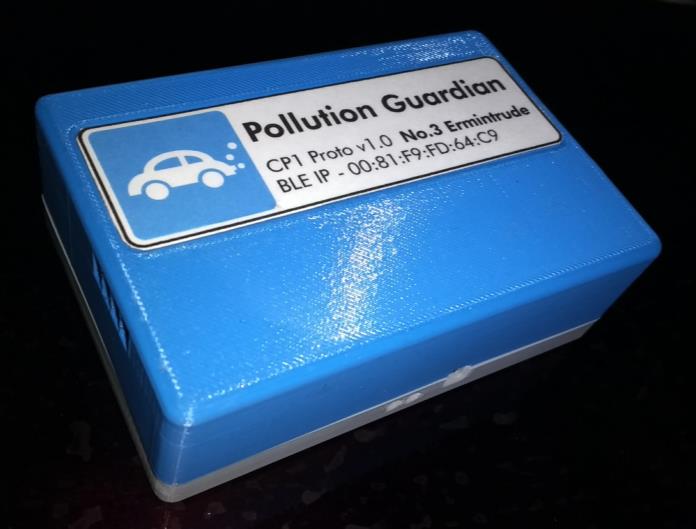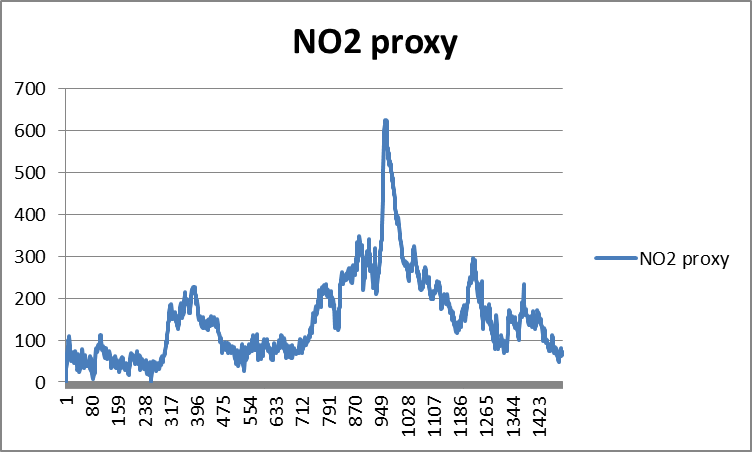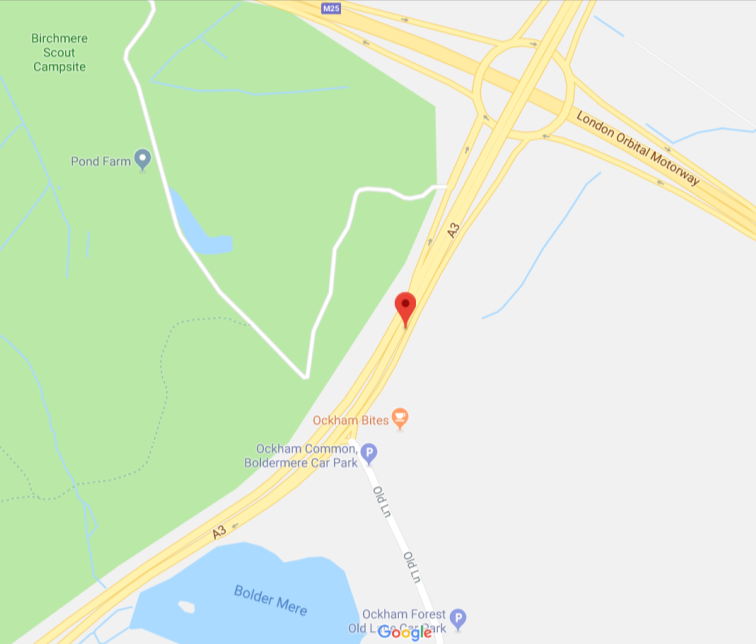BBC London ran a recent story on air pollution exposure during commuting:
It now seems a long while since our last blog post, but air pollution is barely out of the news with the latest BBC story about air pollution exposure during commuting. This topic is fairly close to our hearts with the pollution guardian activity inspired by the fact that air pollution exposure is highest within motor vehicles.
Earlier on this year, we put together our first prototype pollution sensor containing a particulate sensor for PM2.5 measurement and a Nitrogen Dioxide (NO2 ) gas sensor. PM2.5 refers to the measurement of very small particles, less than 0.0025mm in diameter which can go deep into the lungs and containing a variety of payloads e.g. road, brake or tyre dust or chemical compounds from combustion. Nitrogen Dioxide gas can exacerbate respiratory conditions and at street level is mainly produced by diesel vehicles.
How does out first prototype look?
Why did we make this first prototype?
- to create a self-contained sensor unit with its own internal power supply to enable easier bench and field (car) testing
- to shrink the volume of air trapped within the unit in order to keep the unit responsive to the current air conditions
- to enable experimentation with parameters to find the best balance of sensitivity versus stability
We will write a bit more about the “infrastructure” of the prototype and surrounding app and cloud solution in later blogs, but the main question we had when we put the hardware unit together was does it work?
Well, the good news was that the prototype actually worked as expected across a range of functional areas with only one bug with battery charging which was solved by a simple hardware modification to the units.
How well did the units work compared to our initial cardboard prototypes? Pretty good in practice:
- having “always on” internal power meant that the sensors could be ready to start work within a couple of seconds; previously the sensors could require several hours from being powered up to being ready to measure
- fast responsiveness to Nitrogen Dioxide gas e.g. able to pick out smelly vehicles passing by
And where does that spike of air pollution correspond to? A smelly van on the southbound slip road of the M25/A3 junction…




